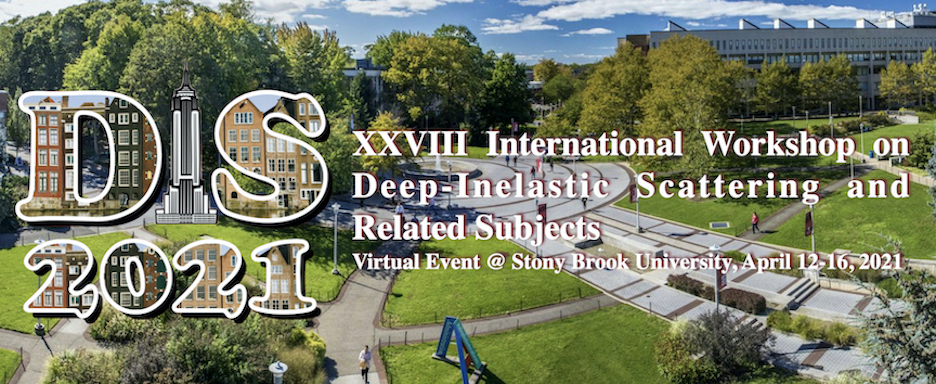Speaker
Description
Within the Color Glass Condensate effective theory or other related frameworks, the theoretical description of low-x (or high-energy) QCD processes sensitive to the nonlinear gluon saturation physics relies on two main pillars.
The first one is the semiclassical approach: due to the high density of low x gluons in an incoming proton or nucleus target, scattering processes off that target reduce to scattering processes on a semiclassical background gluon field. In particular, dense-dilute scattering processes at low x can then be formulated within perturbation theory in presence of a strong background gluon field.
The second main pillar is the eikonal approximation, which amounts to neglecting power-suppressed corrections in the high-energy limit. Within the semiclassical framework, the eikonal approximation is equivalent to an infinite Lorentz boost of the background field, which is then contracted to a gluon shockwave. This approximation is crucial to make possible the systematic resummation of multiple interactions with the target. It is by definition a better and better approximation as the energy of the collision increases. But corrections beyond the eikonal approximation can be large at intermediate energies, in particular at RHIC and EIC, and their study is thus becoming a priority.
In this talk, I will present the calculation of the complete next-to-eikonal corrections (first subleading power) to the quark propagator through the target, including both the effects of the finite longitudinal width of the target and of the transverse components of the background field. It extends our previous results on the gluon propagator, which included finite target width corrections only. I will also present the first applications of this next-to-eikonal quark propagator to the calculation of next-to-eikonal corrections to a few selected observables in pA collisions or DIS.

